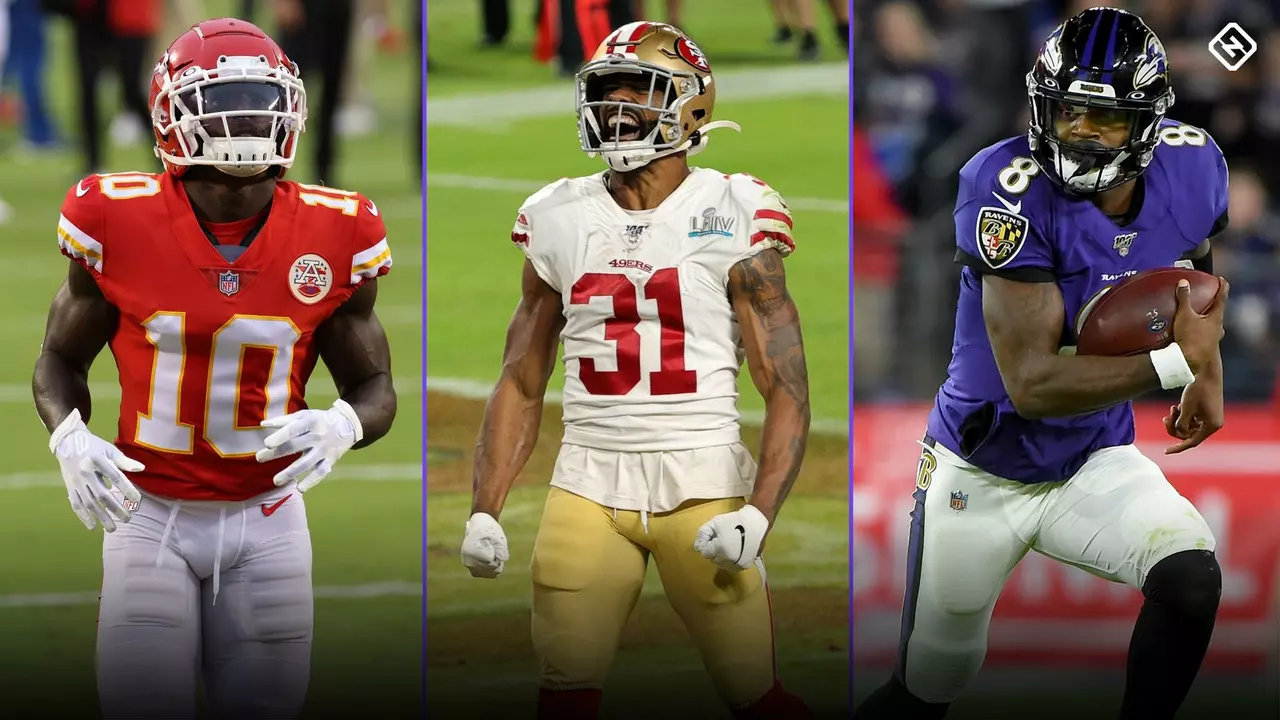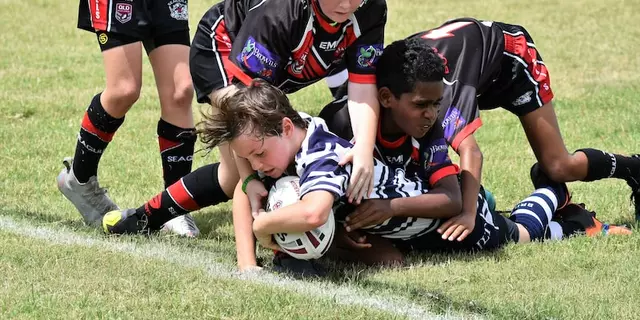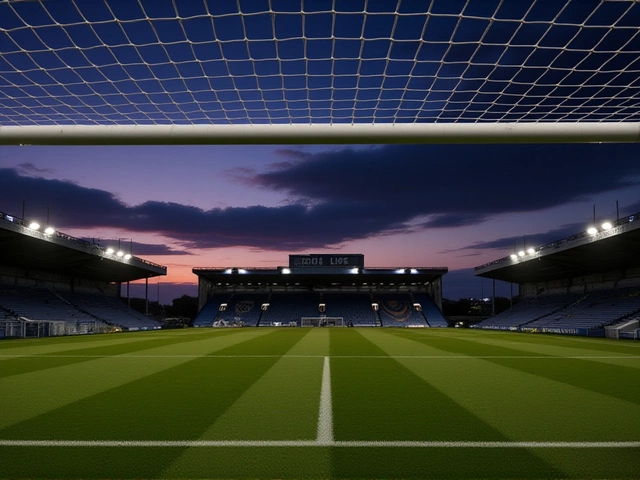NFL vs Rugby: Who’s Faster?
If you’ve ever wondered whether an NFL wide receiver can outrun a rugby winger, you’re not alone. Both sports demand speed, but the way that speed is used on the field is pretty different. Let’s cut through the hype and look at the actual numbers, training styles, and match situations that shape each athlete’s pace.
Explosive Speed vs Endurance
In the NFL, a lot of the game is built around short, explosive bursts. A cornerback might sprint 30 yards in under four seconds to shut down a receiver. That kind of sprint is all about raw acceleration and top‑end speed. Rugby, on the other hand, rarely gives you a clean 30‑yard dash. Players often have to keep a high pace for 80 minutes, weaving through tackles, covering up to 7 km in a match.
Because of that, rugby training mixes sprint work with longer runs and repeated‑effort drills. You’ll see players doing 10‑meter sprints, then immediately doing a 30‑meter sprint, then a 70‑meter sprint, and repeating the cycle. NFL players focus more on pure 40‑yard dash drills, heavy weight work for power, and short‑interval conditioning. The end result? NFL athletes can hit a higher top speed, but rugby players tend to sustain a faster average speed over the length of a game.
How to Compare the Numbers
One easy way to compare is to look at the 40‑yard dash time for NFL prospects – typically 4.3 to 4.6 seconds for skill positions. Rugby wingers, when tested over 30‑40 meters, usually clock around 4.8 to 5.2 seconds. That’s a clear edge for football players in pure sprint speed.
But if you measure average speed during a match, the gap narrows. GPS data from professional rugby shows midfield players averaging 5.5‑6.0 m/s (about 12‑13.5 mph) for the entire 80 minutes. NFL players, running only a few high‑intensity bursts, might average a lower overall speed when you factor in the rest periods between plays.
So, which sport produces the 'faster' athlete? It depends on the definition. If you mean top‑end sprint, NFL wins. If you mean who can keep a higher speed for longer, rugby takes the edge.
Another factor is body composition. NFL skill players often weigh 200‑230 lb with a lot of muscle built for power. Rugby backs are lighter, around 180‑200 lb, which helps them stay mobile for the full match. That extra muscle can boost short‑distance speed but can also cost endurance.
Injury risk also plays a role. The high‑impact collisions in rugby demand a player stay moving and protect the ball, while NFL players can afford a brief pause after a big hit before the next play. The pacing of each sport influences how athletes train for speed and recovery.
Bottom line: both groups are incredibly fast, just in different ways. If you love watching a player blaze down the sideline in a single burst, the NFL provides that spectacle. If you enjoy a back weaving through defenders for minutes on end, rugby showcases a different kind of speed mastery.
Next time you hear the debate, think about the type of speed you’re talking about – explosive sprint or sustained pace. That’s the real answer to ‘who’s faster’ and it respects the unique demands of each sport.

Are NFL players faster than rugby players?
I recently came across an interesting debate on whether NFL players are faster than rugby players. While both sports require speed and agility, the types of training and physical demands vary. It seems that NFL players tend to focus more on explosive speed, whereas rugby players need to maintain their pace throughout the game. However, it's tough to make a direct comparison as athletes in both sports possess exceptional speed in their respective fields. Ultimately, I believe we can appreciate the athleticism and skill of both NFL and rugby players without declaring one faster than the other.
May 5 2023




